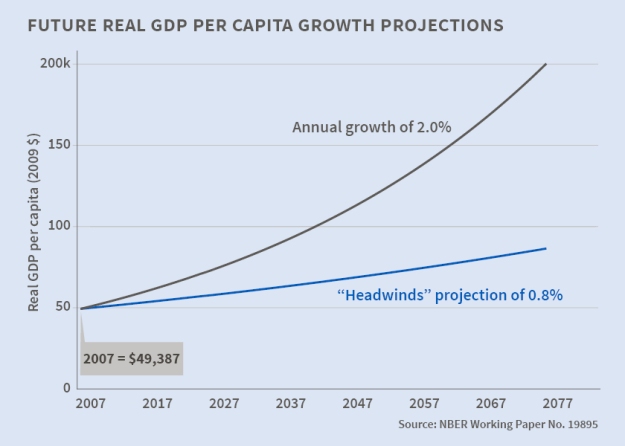By Vinay Kaura
September 11, 2015
Per the realist prescription of international relations, survival in an anarchic world requires all states to adopt certain rational behavior, such as power maximization and balancing strategies. Depending to a large extent on their worldviews, all state leaders translate their perceptions of locational advantages and vulnerabilities into geopolitical strategies. Revolutionary rhetoric apart, Iranian decision-makers have conducted their foreign policy, more or less, in a realist manner by weighing costs and benefits. If implemented, the nuclear agreement will surely mark the start of a new age of Asian geopolitics. Iran is preparing itself for a wider and internationally legitimized regional role in which it can act pragmatically to enhance its reputation and take advantage of commercial opportunities wherever it finds them.
















